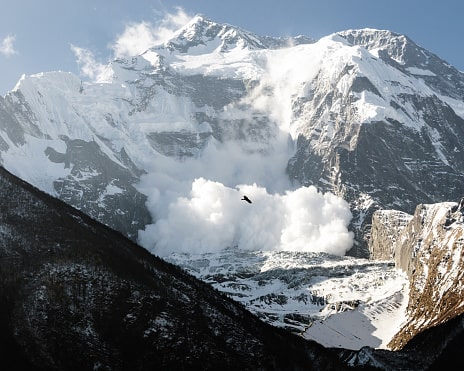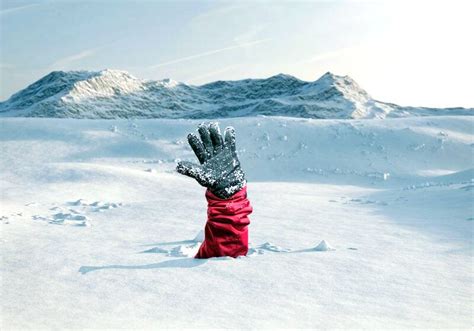
As snowpack begins to build up, many winter outdoor enthusiasts are headed to the backcountry to avoid the craziness of resort skiing. The risk of avalanches is also increasing due to the combination of recent snowfall and higher traffic. Possessing and knowing how to use the appropriate gear and avalanche safety equipment is extremely important when exploring in the backcountry. However, maintaining the knowledge of avalanches like what causes them, signs of a pending slide, and rescue procedures if one would occur are just as important.
Here are nine interesting avalanche facts to jog your memory before getting back to earning your turns this season.
- An avalanche can reach speeds up to 80mph in five seconds. Dry avalanches powered by lighter snow are more likely to move faster than wet avalanches, which have higher water content.
- 90% of avalanches are either triggered by the victim or another person in their party.
- Avalanches in North America have resulted in as many as 40 deaths a year. The states with the most avalanches in the US are Utah, Colorado, and Alaska. Across the world, as many as 150 lives have been taken by avalanches a year.
- When a victim is buried by an avalanche, if they can be rescued within 18 minutes, they have a 91% chance of survival. For anyone buried between 19 and 35 minutes, the chance of survival drops to just 34%.
- 90% of avalanches occur on slopes angled 30-45 degrees, anything steeper, and the snowpack tends to be more built up. For terrain at lower angles, the snow would require much more force to trigger an avalanche.
- A human body is three times denser than the debris carried by an avalanche and will sink much quicker. In the event of an avalanche, it’s essential to try and stay as close to the surface as possible for rescuers to reach you easily.
- Terrain that has had recent snowfall within the past 24 hours is far more likely to have an avalanche occur. It’s important to be up to date on snow conditions for any terrain you’re planning on exploring, especially after a recent storm.
- About a ⅓ of avalanche victims are found buried alive. However, many don’t make it due to impact injuries, suffocation, or hypothermia.
- The deadliest avalanche in USA history was in Wellington, WA, in 1910. The slide was triggered by lightning and wiped out two trains killing 96 people. Some survivors were able to be rescued.
While avalanches can be very deadly, it’s important not to let that stop you from exploring all that the backcountry offers. With proper education and equipment, and knowledge of conditions, triggering an avalanche can be avoided.
